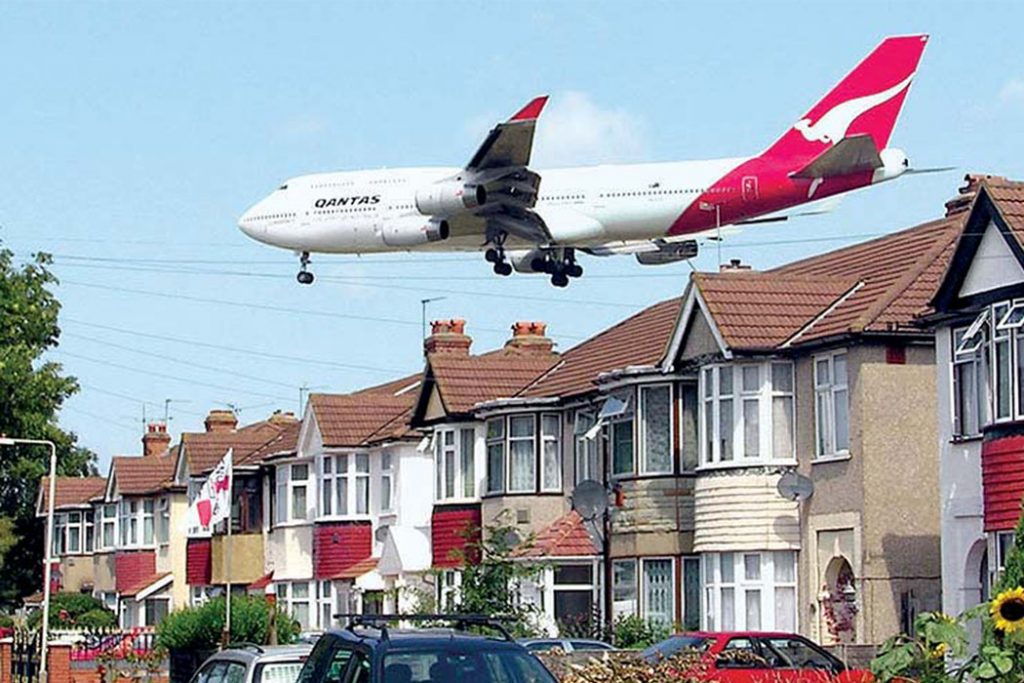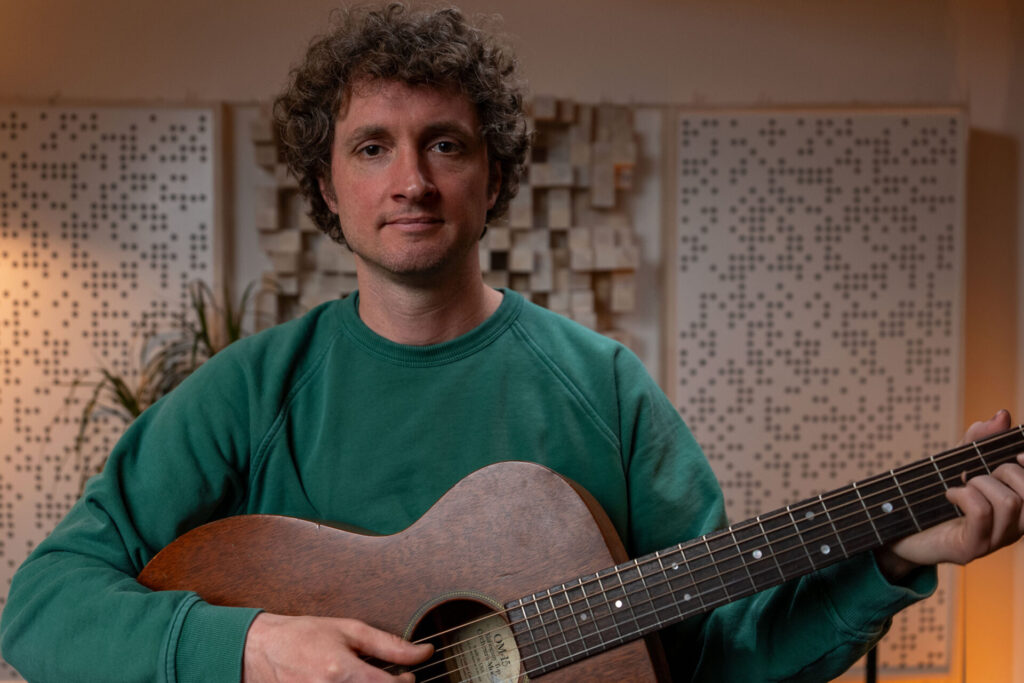
Back in 1972, the U.S. passed the historic Noise Pollution and Abatement Act, providing recognition on the federal level of the health impacts of noisy environments. The act provided standards for noise limits for safe work environments and communities. As the machinery of industrial and economic progress continued to grow, this precautionary act was there to help us avoid the unwanted side effects of unyielding loud noises in our lives.
But, in 1981, less than a decade later, funding was cut for support of a specific federal noise control program. Instead, noise was added to the list of environmental concerns being handled by the Environmental Protection Agency (EPA). While this has continued to help ensure work environments and certain industrial and commercial sites at least meet a bare minimum standard for human safety, it certainly doesn’t provide the kind of legislative teeth required to curb the ever-increasing noise of our cities as they grow and evolve.
Ultimately, it has fallen on cities themselves to procure their own noise standards and decide how they wish to enforce those standards.
It doesn’t take a math wiz to understand that as populations grown in urban areas, the increased numbers of human beings — with their cars, electronic devices, and machines required for work and home life — will increase noise levels proportionally. So how do we combat something that seems to be an intrinsic aspect of unavoidable growth, and what are the consequences if we don’t do anything to curtail it?

We can all think of examples of irritating noises we’ve experienced: squeaking chairs, doors, or floorboards, yipping dogs and mewling cats, the next door neighbor hammering boards in his driveway, the copy machine whirring and whining next to your cubicle. All of these instances, and countless more, are sufficiently bothersome to get our blood boiling.
In fact, you’re probably starting to feel irked just reading about some of these and thinking of your own personal examples in your daily life. And while these are certainly indicative of the problems with noises in our life, the reality is that almost all of these irritating examples aren’t all that loud relatively speaking, and tend to exist only for short periods of time. These noises can usually be avoided by simply removing yourself to another area or covering them up with some other masking sound, such as music or conversation.
Now imagine an unending source of noise that drones on and on, never ending, and existing no matter where you go. You may try to cover it up with music or other masking sounds, but you’ve been finding recently that you’ve been needing to turn that music up louder and louder to sufficiently cover up the persistent irritating noise surrounding everything. This is the nature of ambient noise in urban environments.
As populations in the urban centers of the world increase, so does the level of ambient noise in these cities. And there have been a number of studies in recent years linking the impact of high ambient noise levels to a variety of health problems.
A study published in the February 2018 issue of the Journal of the American College of Cardiology showed that, unsurprisingly, noise has been found associated with stress, sleep disturbance, and impaired cognitive performance. They also discovered that a high degree of ambient environmental noise, particularly nighttime noise, is linked to an increased incidence of hypertension, heart attack, and stroke.
As if this weren’t bad enough, studies in the 1970s and ’80s led by Dr. Branzoft, and later follow-up studies by other researchers, found that ambient environmental noise around children’s classrooms impacted their ability to learn. Children in classrooms located in areas with greater ambient noise were on average a full grade point behind their counterparts learning in quieter location classrooms by the time they reached the sixth grade. And a 2018 study done in Korea found an increased level of ambient noise in the daily life of children is significantly associated with more behavioral problems.
So, with all these proven problems with ambient environmental noise, and our obvious increasing populations, particularly in already heavily populated urban areas, what can we do to help stop or reverse the noise and make our lives quieter and healthier?
To address this, first we need to understand how all this ambient noise originates. A 2015 study of the impact of traffic-related noise in cities found that as much as 78% of the environmental ambient noise people are subjected to is due to traffic. While there are certainly many types of noise and sounds around us all the time, and hence many potential ways to help reduce the degree of sounds being experienced regularly, clearly the primary aspect we should be concerned with is traffic noise if we wish to make a significant reduction in ambient noise impacting the greatest number of people.
There has been a 40% increase in number of cars on the road over the past 25 years. With the greatest amount of ambient noise coming from traffic, and a large number of additional cars driving the roads each year, no wonder everything sounds louder! Particularly in cities, which are experiencing accelerated growth in the past few years. So, yes, our cities are in fact getting louder — it’s not all just in your head.
Can it be fixed?
What if everyone switched to driving electric vehicles? Unfortunately, the solution isn’t necessarily that simple. Studies of how traffic noise is produced have shown that tire noise is the largest offender overall in most vehicles (as opposed to the assumption that the noise comes from motors), and is particularly problematic at highway/freeway speeds (55mph = 89kph) where it surpasses 75dBA. At that level, the ambient roadway noise begins to compete with the typical volume level of music playing in the background in your home, workplace, or shopping center, meaning you can no longer easily drown it out or mask it with some other more pleasant sound.

Driving electric vehicles on slower suburban streets and in highly congested inner city streets will certainly help reduce the noise in those situations since it takes away the sound of idling gas engines, but what the above graph tells us is that removing engine noise will only have a minimal impact on the overall ambient noise produced by vehicular traffic at higher speeds, such as on parkways, highways, and freeways.
A complete traffic noise reduction solution would need to include measures to address the sound produced by tire-road interactions. This would include individuals purchasing tires specifically designed to reduce road noise and local, state, and federal agencies in charge of road building and maintenance deciding to utilize paving materials known to produce less road noise. Both of which will realistically cost more to implement.
But, it’s not all doom and gloom where city noise is concerned.
The National Academy of Engineering, advisors to the federal government for engineering-related concerns, recently completed a comprehensive multi-year study of noise in our country that produced a large number of findings. Key among these were the fact that electric vehicles do help make things quieter, even if it’s only in low speed congested areas where engine noise is the biggest offender, that consumers rank “noise” as one of the top five characteristics they look for when comparing product performance, and that “buy quiet” programs have become more identifiable in the procurement of products for the work place and public spaces.
These findings indicate recognition of the need to address the issue of noise in our communities, and that it is a growing issue. The NAE concluded their study with a recommendation to the federal government to once again create an agency whose specific task is to address noise in our country and to update the noise standards we follow to better encompass our current understanding.
This year (2019), the Noise Control Engineering Journal (NCEJ) will publish a special issue consisting entirely of case studies in noise control. It is intended to become a resource for noise control engineers around the world, presenting innovative solutions that can serve as examples for all noise control practitioners worldwide. This is another indication that the engineering community is beginning to press for more attention to be provided to solutions to the increasing noise problems we’re experiencing nowadays.
If you feel especially driven to tackle this issue personally and wish to become an active advocate, you may want to check out Noise Free America, an organization dedicated to restoring the quiet in America. Similar to the Dark Sky movement, which seeks to reduce light pollution and allow everyone to see the beauty of the stars in the night sky again, NFA wishes to return noise levels to a reasonable level in all aspects of society so we can enjoy the health benefits of a quieter daily life.
As with many things, the solution likely begins with actions we all take as individuals. It can be as simple as making a few conscientious choices in our daily lives, such as: to increase the number of times we utilize public transportation to limit the number of vehicles on the road, drive a little slower or purchase quieter tires to reduce road noise, turn the volume level down a bit on our smart phones and electronic devices when in public places, choose to buy and use quieter mechanical and electronic devices, be considerate of your neighbors when making noise outside your home, and other similar actions.
Sometimes a more involved approach is required, such as all the employees in a workplace coming together to press the managers/owners to purchase less noisy equipment when it’s time to upgrade or add machinery, even if it costs more… even if it means your cost of living raise isn’t as high this year as last year. Sometimes doing the right thing for your community and for your own health, means making the tough choice.
Improve all aspects of your music on Soundfly.
Subscribe to get unlimited access to all of our course content, an invitation to join our members-only Slack community forum, exclusive perks from partner brands, and massive discounts on personalized mentor sessions for guided learning. Learn what you want, whenever you want, with total freedom.



